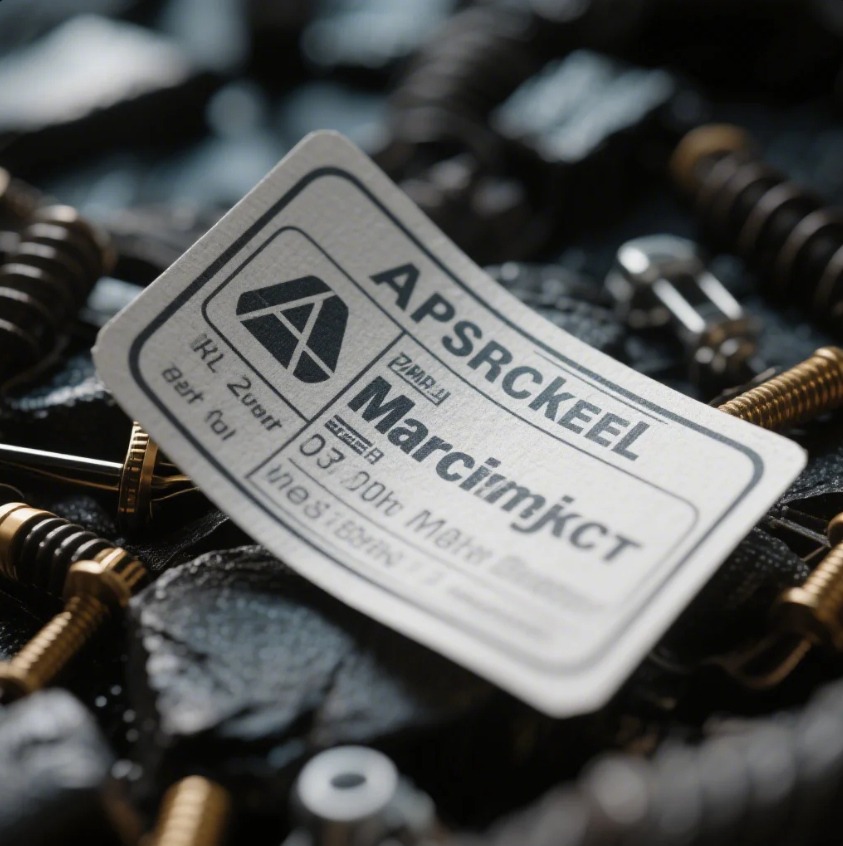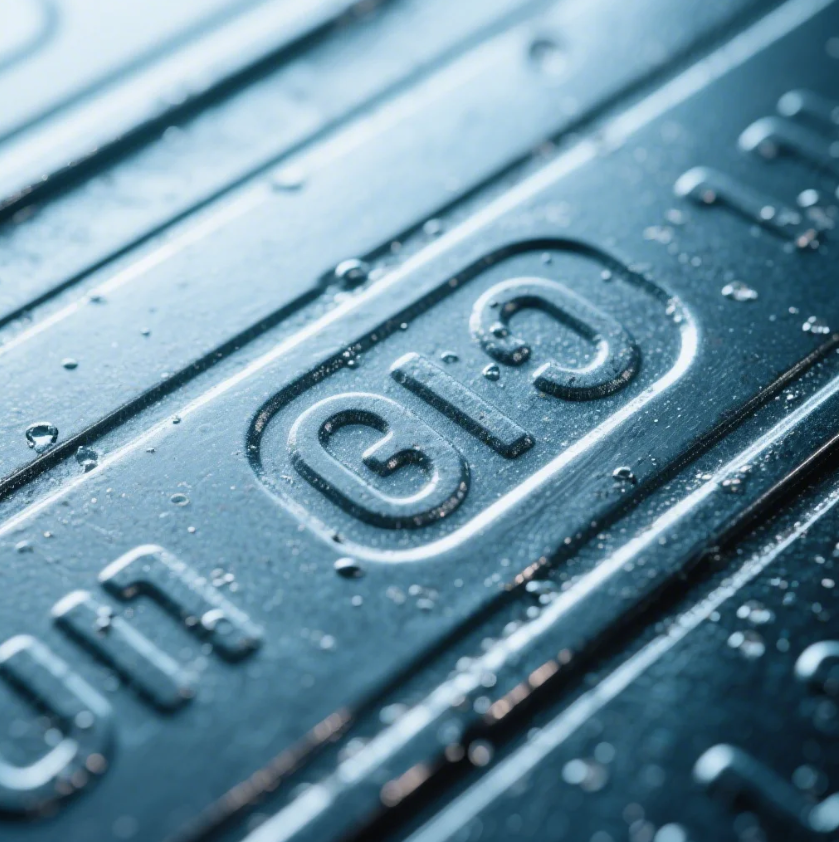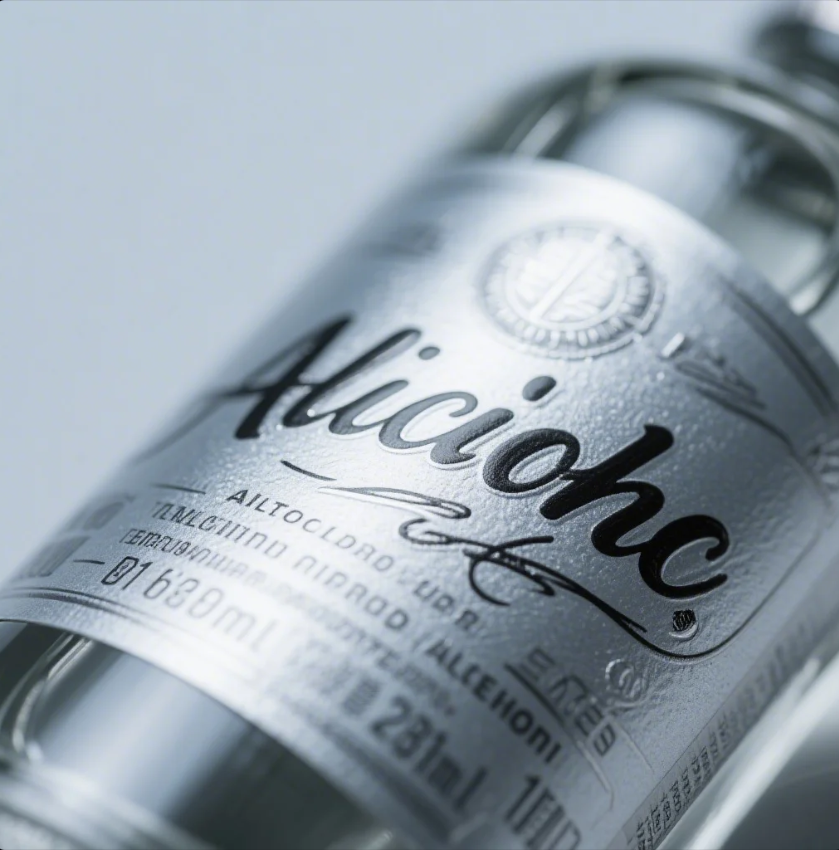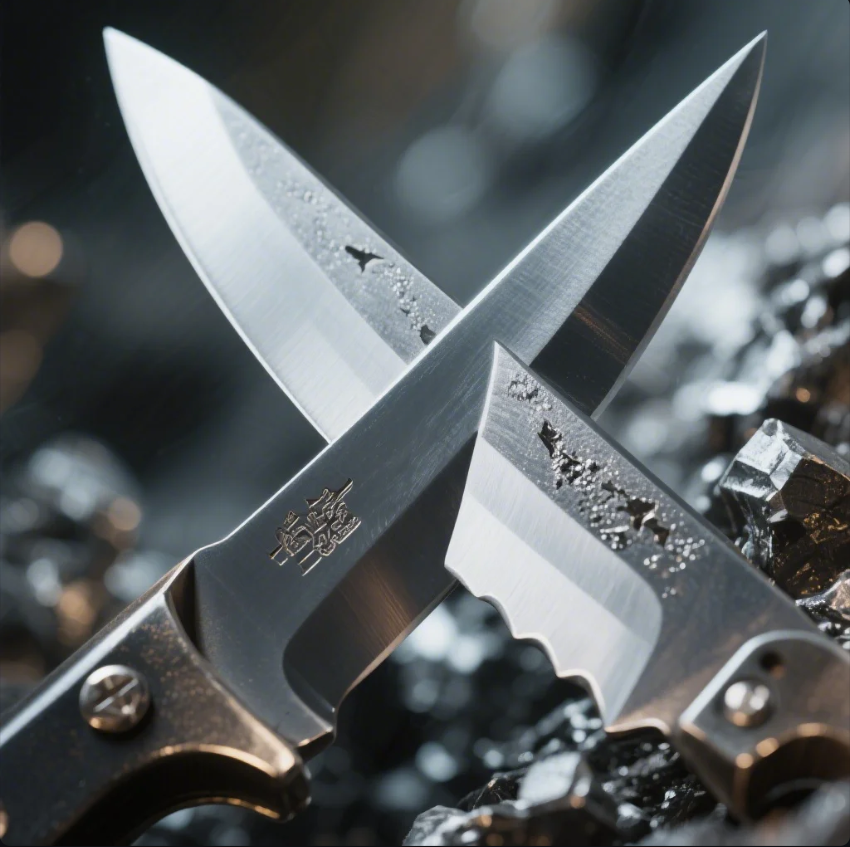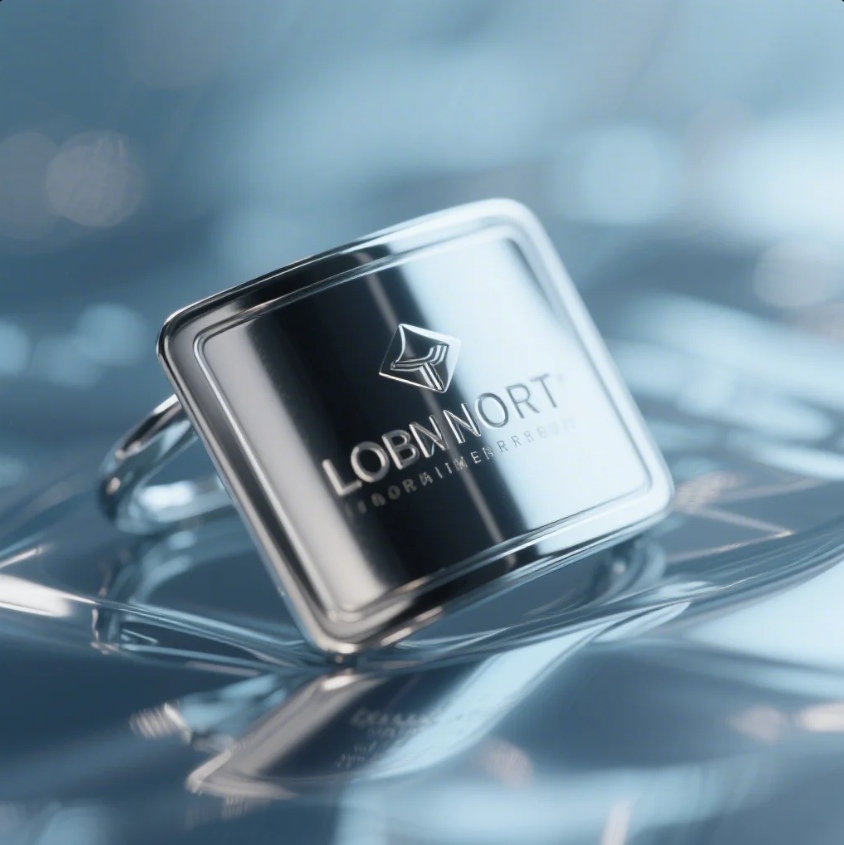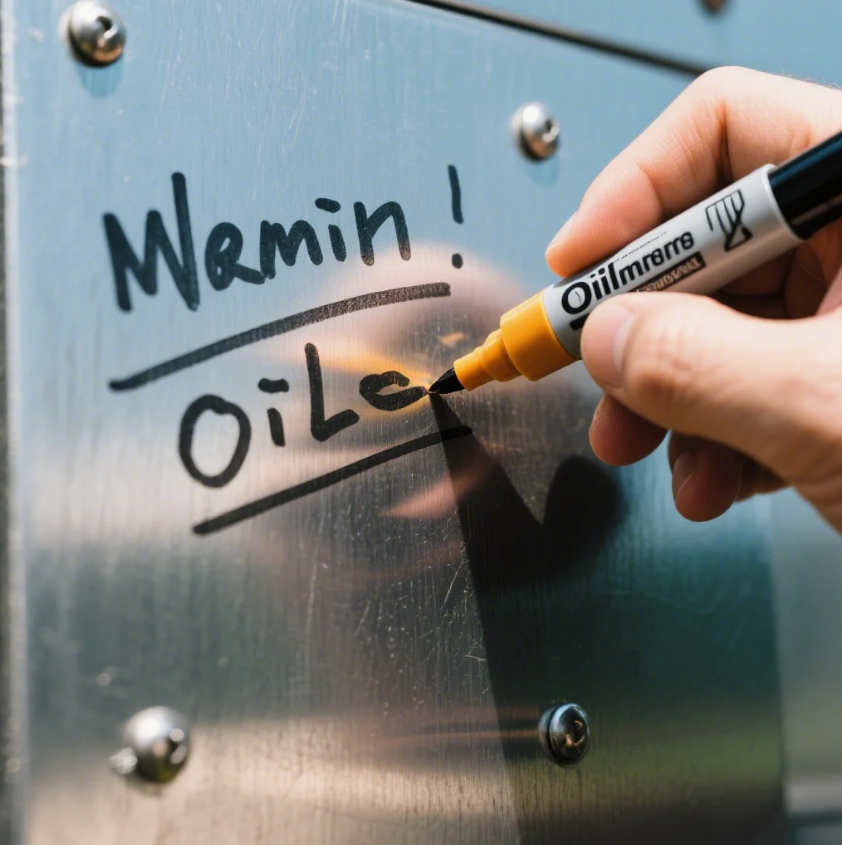TEMPLATE_START
What does SMAW stand for?
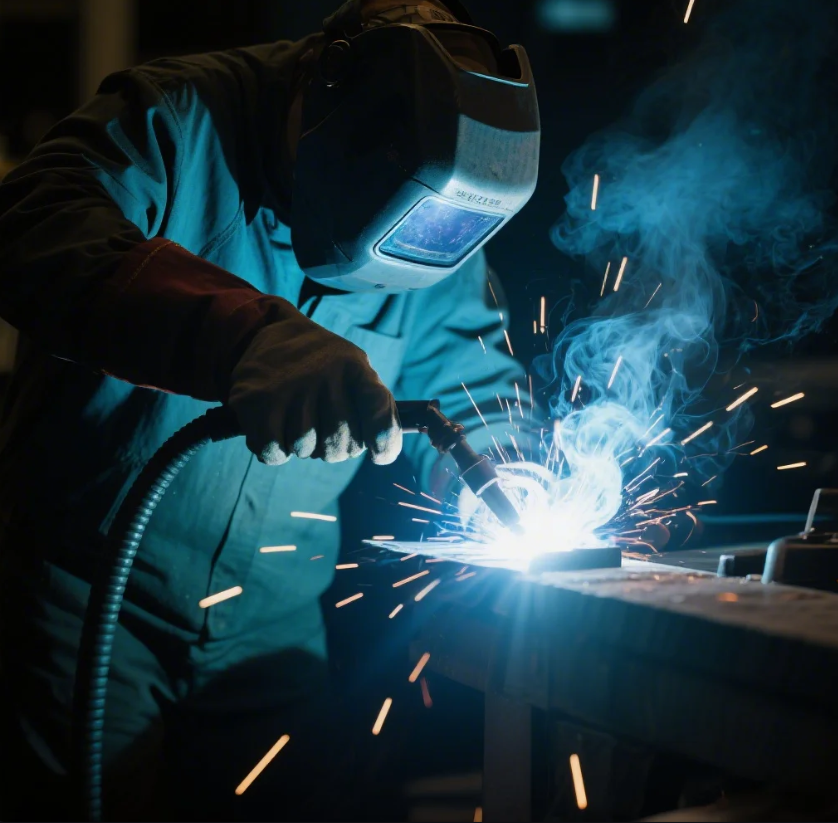
Welding is a fundamental process in manufacturing, construction, and many other industries. Among the various welding techniques available, SMAW stands out as one of the most commonly used. But what does SMAW stand for, and what makes it unique?
SMAW stands for Shielded Metal Arc Welding, a process that uses a consumable electrode covered in a flux coating to create a weld.
SMAW is one of the oldest and most widely used welding techniques due to its versatility, ease of use, and relatively low cost. In this article, we’ll explore what SMAW is, how it compares to other welding methods, key aspects of the SMAW process, such as current settings, and its relationship with TIG welding.
What is the difference between SMAW and GTAW?
SMAW (Shielded Metal Arc Welding) and GTAW (Gas Tungsten Arc Welding) are both arc welding techniques, but they differ significantly in terms of equipment, process, and applications.
Key Differences Between SMAW and GTAW:
| Feature | SMAW (Shielded Metal Arc Welding) | GTAW (Gas Tungsten Arc Welding) |
|---|---|---|
| Electrode Type | Consumable electrode (stick) | Non-consumable tungsten electrode |
| Shielding Method | Flux coating on the electrode | Inert gas (Argon or Helium) |
| Application | Versatile, used for construction, repair, and heavy-duty work | Precise welding, used in aerospace, automotive, and high-quality welds |
| Ease of Use | Easier to learn, more forgiving | Requires skill and control, more complex |
| Cost | Less expensive setup and consumables | Higher equipment and gas costs |
SMAW is more versatile and forgiving, making it easier to use for beginners or in fieldwork. It’s commonly used in construction and repair due to its portability and cost-effectiveness. On the other hand, GTAW (TIG welding) is more precise and produces cleaner, stronger welds, but it requires more skill and equipment, making it ideal for high-quality and critical applications such as aerospace or stainless steel welding.
Key Advantages of SMAW:
- Portability: SMAW equipment is relatively simple and easy to transport, making it ideal for fieldwork.
- Versatility: Works well on many types of metals, including steel, cast iron, and aluminum.
- Cost-Effective: The consumable electrodes are inexpensive, and the setup doesn’t require a lot of additional equipment.
Key Advantages of GTAW (TIG):
- Precision: Offers greater control and results in cleaner, more aesthetically pleasing welds.
- Welding of Thin Materials: TIG welding is ideal for thin materials where precision and cleanliness are crucial.
- No Spatter: TIG welding produces minimal spatter, reducing the need for post-weld cleanup.
What is the current and voltage of SMAW welding?
SMAW welding uses both direct current (DC) and alternating current (AC), and the choice depends on the electrode being used, the material, and the welding conditions. The current and voltage settings vary based on the type of electrode, its diameter, and the material being welded.
General SMAW Settings:
- Current: For most SMAW welding, the amperage range is typically between 40 to 250 amps, depending on the electrode size.
- For thinner materials (e.g., 1/8" electrode), 60-100 amps is commonly used.
- For thicker materials (e.g., 1/4" electrode), 150-200 amps is typical.
- Voltage: SMAW typically operates within a voltage range of 20 to 30 volts. However, the voltage can vary depending on the power source and the electrode being used.
For SMAW, DCEN (Direct Current Electrode Negative) is often used with certain electrodes like 6011, while DCEP (Direct Current Electrode Positive) is preferred for electrodes like 7018. AC is also used with some electrodes (e.g., 6013) for smoother, cleaner welds.
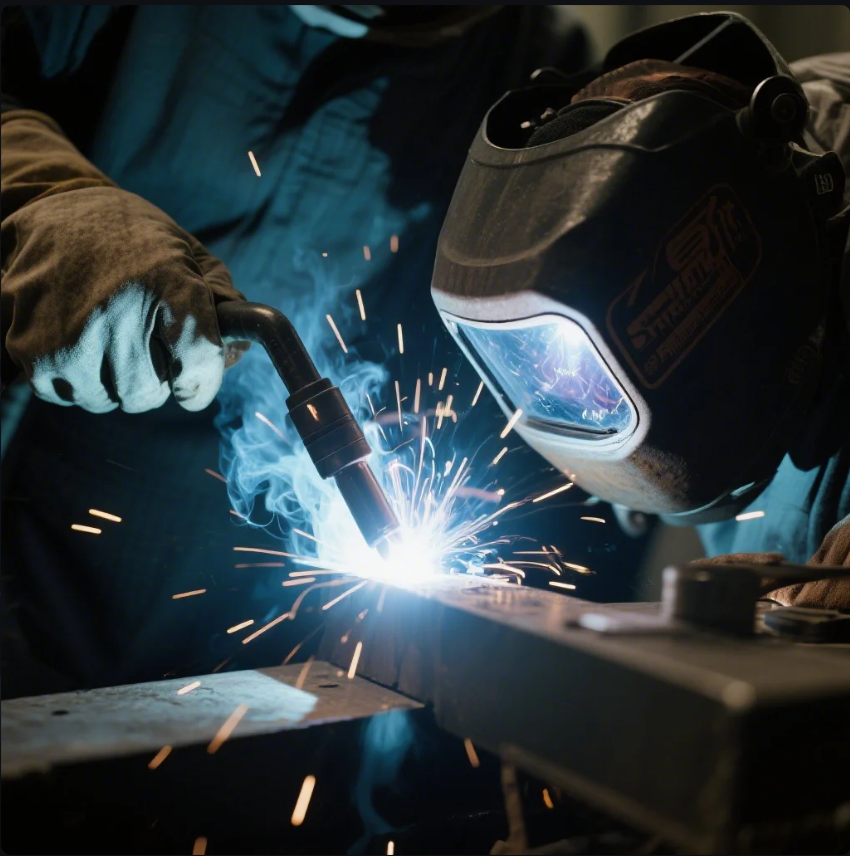
More Specific Settings for SMAW:
- 1/8" (3.2mm) Electrodes: Generally welded at 90-120 amps, with DCEN or AC.
- 3/32" (2.4mm) Electrodes: Typically used with 60-90 amps, ideal for smaller or thinner materials.
- 1/16" (1.6mm) Electrodes: Best with 45-70 amps, perfect for thin sheet metal and precision jobs.
These settings are essential for achieving a high-quality, strong weld. Make sure to adjust your machine settings based on the specific material thickness and electrode you are using.
Is TIG and SMAW the same?
No, TIG welding (Gas Tungsten Arc Welding) and SMAW (Shielded Metal Arc Welding) are not the same, although both belong to the arc welding family. The primary difference lies in the electrode, shielding method, and control required during the welding process.
Key Differences Between TIG and SMAW:
-
Electrode Type:
- SMAW uses a consumable electrode that melts into the weld pool, providing the filler material for the joint.
- TIG welding uses a non-consumable tungsten electrode, and the filler material is added separately, providing more control.
-
Shielding Method:
- SMAW relies on a flux coating on the electrode, which generates the protective gas and slag to shield the weld from contaminants.
- TIG welding uses argon or helium gas to shield the weld pool, which results in a cleaner and more precise weld.
-
Control and Precision:
- SMAW is easier for beginners to learn and is more forgiving, making it better for outdoor, repair, and construction work.
- TIG welding requires more skill to master, as it requires coordination of both hands and a foot pedal for heat control. It is used for more precise applications like thin materials, stainless steel, and aerospace work.
In summary, while both SMAW and TIG welding are arc welding techniques, TIG offers greater precision, while SMAW is more versatile and easier to learn, making it better suited for a wide range of general welding applications.
What is the easiest welding to learn?
When it comes to learning welding, SMAW (Shielded Metal Arc Welding) is generally considered the easiest welding technique for beginners. There are several reasons why SMAW is more approachable compared to other welding methods like TIG or MIG:
Why SMAW is the Easiest to Learn:
- Forgiving Process: SMAW is relatively easy to learn because it is more forgiving than other methods like TIG. The process allows for some deviation from ideal conditions, and beginners can still produce decent welds.
- Simple Equipment: The equipment for SMAW is relatively simple and inexpensive, which makes it ideal for newcomers to the craft. It’s also portable, so it’s perfect for both field and shop work.
- Fewer Technical Skills Required: Unlike TIG, which requires precise control of both the electrode and filler rod, SMAW requires less coordination. You only need to focus on controlling the arc and maintaining the correct angle, which is easier for beginners.
TIG welding, while offering greater precision and cleaner welds, is more difficult to learn due to the need to coordinate the use of both hands and the foot pedal for heat control. It’s better suited for high-quality applications, but for someone just starting, SMAW provides a good foundation.

Conclusion
SMAW (Shielded Metal Arc Welding) is one of the most commonly used welding processes because of its versatility, ease of use, and cost-effectiveness. It is often considered the easiest welding technique to learn, making it ideal for beginners and for use in various industries like construction, repair, and heavy-duty manufacturing.
Whether you're just starting your welding journey or are an experienced professional, SMAW is a reliable and effective choice for a wide range of projects. By understanding the key settings, techniques, and differences compared to other welding methods like TIG, you can ensure the best results for your welding needs.
Need help with your welding projects? Contact Prime for expert advice, custom quotes, and quick delivery of high-quality welding components. Our team ensures top-notch service and timely results.
TEMPLATE_END

